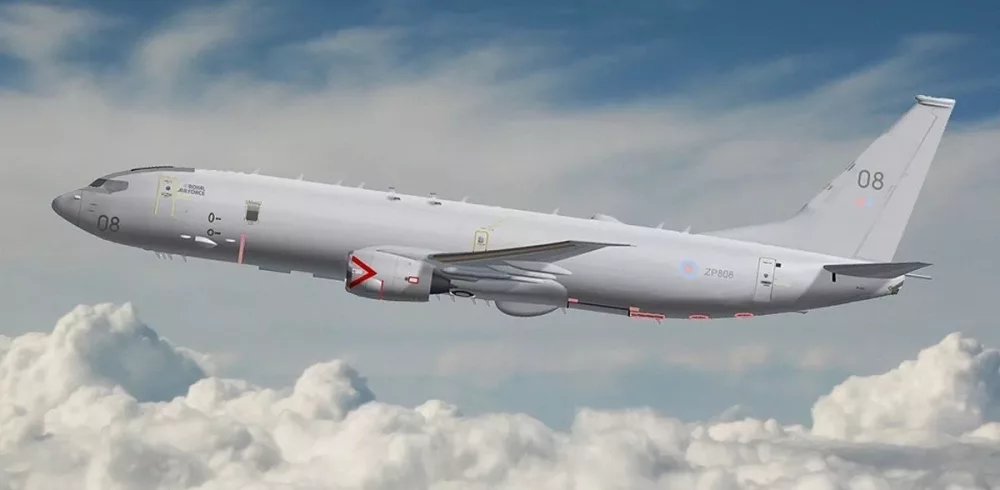A contract of almost $2.5 billion has been awarded to Boeing to produce 19 P-8A Poseidon maritime patrol aircraft for the US Navy, Norway and the United Kingdom. Ten of the aircraft are for the US Navy, four for the UK and five for Norway.
The UK intends to procure 9 of the aircraft in total and had already ordered five. This purchase brings the total UK order of P-8A Poseidon Maritime Patrol Aircraft up to 9.
According to the contract award notification:
“The Boeing Co., Seattle, Washington, is awarded a $2,458,707,154 modification to a previously awarded firm-fixed-price, cost-plus-fixed-fee contract (N00019-14-C-0067).
This modification provides for the production and delivery of 19 P-8A lot 10 aircraft to include 10 for the Navy, four for the government of the U.K. and five for the government of Norway. In addition, this modification includes engineering change proposal 4 SilverBlock for the government of the U.K. and Lot 10 segregable efforts consisting of unknown obsolescence, Class I change assessments and obsolescence monitoring.
Work will be performed in Seattle, Washington (80.6 percent); Baltimore, Maryland (2.6 percent); Greenlawn, New York (2.4 percent); Cambridge, U.K. (1.6 percent); and various locations within and outside the continental U.S. (12.8 percent),and is expected to be completed in March 2022. Fiscal 2019 aircraft procurement (Navy); and Foreign Military Sales (FMS) funds in the amount of $2,458,707,154 will be obligated at time of award, none of which will expire at the end of the current fiscal year.
This modification combines purchases for the Navy ($1,256,865,203; 51 percent); the government of Norway ($694,971,086; 28 percent); and the government of the U.K. ($506,870,865; 21 percent), under the FMS program.”
The first Poseidon will enter service in November this year, with initial operating capability to be achieved in 2020.
The UK, the United States and Norway have all signed a statement of intent in 2017 for a trilateral partnership with P-8 Poseidon aircraft to address the ‘changing security environment’ in the North Atlantic. While the statement is relatively vague, the move is seen as part of an effort to coordinate the deployment of the maritime patrol aircraft. This is a move that has been described as essential, due to the relatively small fleet sizes the UK and Norway are to possess.
Manufacturing & Engineering Magazine | The Home of Manufacturing Industry News









